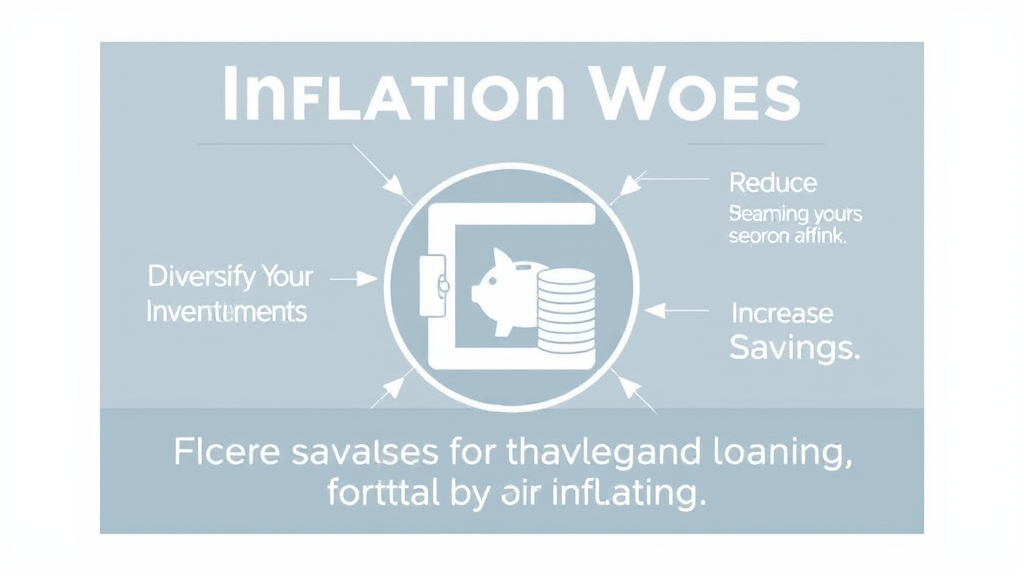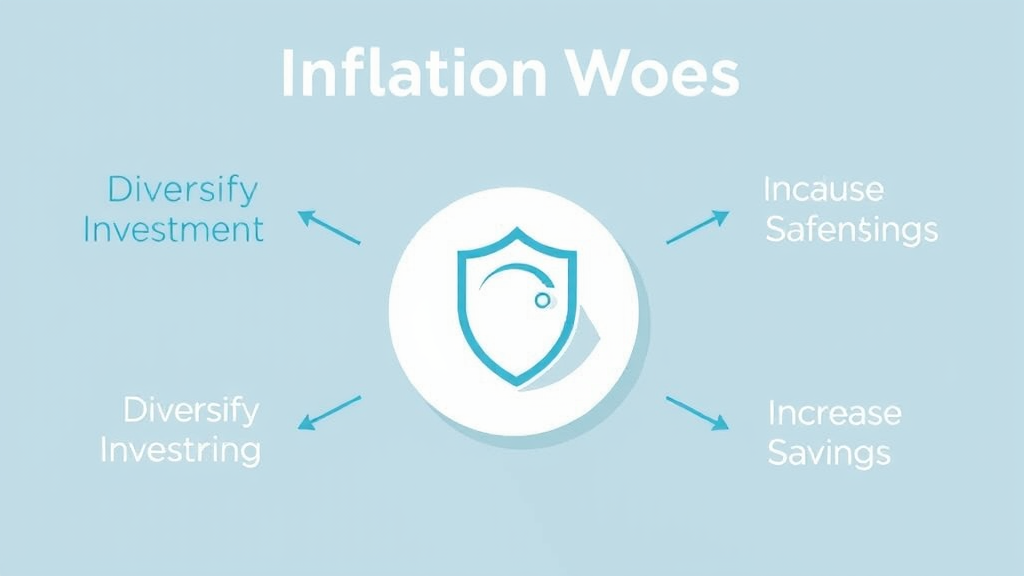Introduction to Cryptocurrency Surge
Understanding Cryptocurrency Basics
Cryptocurrency has emerged as a revolutionary financial technology, capturing the attention of investors and enthusiasts alike. It represents a digital form of currency that operates on decentralized networks, primarily using blockchain technology. This innovation allows for secure and transparent transactions without the need for intermediaries. Many people find this concept intriguing.
The surge in cryptocurrency popularity can be attributed to various factors, including the increasing acceptance of digital currencies by mainstream businesses and the potential for high returns on investment. As more individuals seek alternative investment opportunities, cryptocurrencies have become a viable option. This trend is noteworthy.
Moreover, the volatility of the cryptocurrency market presents both risks and rewards. Investors must navigate price fluctuations that can occur within short time frames. Understanding these dynamics is crucial for anyone considering entering the market. It’s essential to stay informed.
In summary, the basics of cryptocurrency encompass its definition, underlying technology, and market behavior. Gaining a solid foundation in these areas can empower individuals to make informed decisions. Knowledge is power.
The Rise of Digital Assets
The rise of digital assets has transformed the financial landscape significantly. This transformation is largely driven by advancements in technology and the increasing demand for alternative investment options. Many investors are intrigued by this shift. Cryptocurrencies, as a primary form of digital assets, offer unique features such as decentralization and enhanced security. These characteristics appeal to those seeking more control over their investments.
Additionally, the growing acceptance of digital assets by various industries has contributed to their popularity. Companies are beginning to integrate cryptocurrencies into their payment systems, which further legitimizes their use. Furthermore, the potential for high returns attracts a diverse range of investors, from individuals to institutional players. It’s a compelling opportunity.
As digital assets continue to gain traction, regulatory frameworks are also evolving. Governments are increasingly recognizing the need to establish guidelines for their use. This development is crucial for market stability. Overall, the rise of digital assets reflects a significant shift in how individuals and institutions view and interact with money. Change is inevitable.
Factors Driving Market Volatility
Market volatility in the cryptocurrency sphere is influenced by several key factors. One significant driver is the speculative nature of digital assets, where investor sentiment can lead to rapid price fluctuations. This behavior often results in sharp market corrections. Such volatility can be alarming. Additionally, regulatory news and developments play a crucial role in shaping market dynamics. Announcements from governments can trigger immediate reactions from investors. This is a common occurrence.
Another factor contributing to volatility is the liquidity of the market. Cryptocurrencies often experience lower liquidity compared to traditional assets, making them more susceptible to large price swings. This characteristic can create opportunities for traders. However, it also increases risk. Furthermore, technological advancements and security breaches can impact investor confidence, leading to sudden sell-offs. Trust is essential in finance.
Lastly, macroeconomic trends, such as inflation rates and global economic conditions, can also affect cryptocurrency prices. Investors often react to these external factors, which can exacerbate volatility. Understanding these influences is dital for informed decision-making . Knowledge is key.
Importance of Market Awareness
Market awareness is crucial for navigating the complexities of the cryptocurrency landscape. Investors must stay informed about market trends, regulatory changes, and technological advancements that can impact asset values. This knowledge enables them to make informed decisions. Awareness is empowering.
Furthermore, understanding market sentiment is essential for anticipating price movements. Emotional reactions often drive market behavior, leading to volatility that can be both an opportunity and a risk. Recognizing these patterns can help investors strategize effectively. Patterns can be revealing.
Additionally, being aware of macroeconomic factors, such as interest rates and inflation, can provide context for market fluctuations. These external influences often correlate with investor behavior in the cryptocurrency space. Context is important.
Moreover, continuous education about emerging technologies and market dynamics can enhance an investor’s ability to adapt to changes. This adaptability is vital in a rapidly evolving market. Change is constant. Ultimately, a proactive approach to market awareness can significantly mitigate risks and enhance investment outcomes. Knowledge leads to better decisions.
Analyzing Market Trends
Historical Price Movements
Historical toll movements in the cryptocurrency market reveal significant trends that can inform future investment strategies. Analyzing these movements allows investors to identify patterns and potential support or resistance levels. Patterns can be insightful. For instance, Bitcoin’s price surged dramatically in late 2017, reaching an all-time high before experiencing a substantial correction. This volatility is characteristic of the market.
Moreover, the influence of external events, such as regulatory announcements or technological advancements, often correlates with price shifts. Understanding these correlations can enhance predictive capabilities. Context matters greatly. Additionally, examining trading volumes alongside price movements provides deeper insights into market sentiment. High trading volumes often indicate strong investor interest. This is a key indicator.
Furthermore, historical data can help investors assess the impact of macroeconomic factors on cryptocurrency prices. Events like economic downturns or shifts in monetary policy can lead to significant price fluctuations. Awareness of these factors is essential. By studying historical price movements, investors can better navigate the complexities of the cryptocurrency market. Knowledge is a powerful tool.
Current Market Sentiment
Current market sentiment plays a crucial role in shaping investment decisions within the cryptocurrency space. Investors often gauge sentiment through various indicators, including social media trends and market news. This information can be revealing. For instance, a surge in positive news coverage may lead to increased buying activity, while negative reports can trigger sell-offs. Awareness is essential.
Additionally, sentiment analysis tools can provide insights into the emotional state of the market. These tools analyze data from multiple sources to assess whether the prevailing mood is bullish or bearish. Understanding these trends is vital. Furthermore, market sentiment can be influenced by macroeconomic factors, such as inflation rates and geopolitical events. These external elements can sway investor confidence significantly.
Moreover, the behavior of influential market players, often referred to as “whales,” can impact overall sentiment. When large holders make significant trades, it can create ripples throughout the market. This influebce is noteworthy. By staying attuned to current market sentiment, investors can make more informed decisions and better navigate the complexities of cryptocurrency trading.
Technical Analysis Tools
Technical analysis tools are essential for evaluating market trends in the cryptocurrency space. These tools help investors identify potential entry and exit points based on historical price data. Historical data is crucial. Commonly used indicators include moving averages, Relative Strength Index (RSI), and Bollinger Bands. Each of these tools provides unique insights into market behavior. Understanding these indicators is vital.
Moving averages smooth out price fluctuations, allowing investors to identify trends more clearly. When the short-term moving average crosses above the long-term moving average, it may signal a bullish trend. This is known as a golden cross. RSI, on the other hand, measures the speed and change of price movements, helping to identify overbought or oversold conditions. This can indicate potential reversals. Awareness of these conditions is important.
Bollinger Bands provide a visual representation of volatility by plotting standard deviations above and below a moving average. When prices approach the upper band, it may suggest overbought conditions, while prices near the lower band may indicate oversold conditions. This visual aid can be helpful. By utilizing these technical analysis tools, investors can enhance their decision-making processes and better navigate the complexities of the cryptocurrency market. Knowledge is essential.
Identifying Bull and Bear Markets
Identifying bull and bear markets is crucial for making informed investment decisions in the cryptocurrency sector. A papal bull market is characterized by rising prices and strong investor confidence, often leading to increased buying activity. This environment fosters optimism. Conversely, a bear market features declining prices and pervasive pessimism, resulting in heightened selling pressure. Understanding these dynamics is essential.
To identify a bull market, investors often look for consistent upward price movements over a sustained period. Technical indicators, such as higher highs and higher lows, can signal this trend. This pattern is significant. In contrast, a bear market may be indicated by lower lows and lower highs, suggesting a downward trajectory. Recognizing these patterns can help investors adjust their strategies accordingly.
Additionally, market sentiment plays a vital role in determining the state of the market. Positive news and developments can reinforce a bull market, while negative events can exacerbate a bear market. Awareness of external factors
Investment Strategies in a Volatile Market
Diversification of Portfolio
Here are 10 trending article titles for a financial website based on the latest news and analysis of financial trends: No input data
Long-term vs. Short-term Investments
Long-term and short-term investhents represent two distinct strategies in the financial landscape . Long-term investments typically involve holding assets for several years, allowing for potential appreciation and compounding returns. This approach can mitigate the impact of market volatility. Patience is key. Investors often focus on fundamentals, such as company performance and market trends, to guide their decisions.
In contrast, short-term investments are characterized by quick trades, often within days or weeks. This strategy aims to capitalize on market fluctuations and price movements. It requires a keen understanding of technical analysis and market sentiment. Quick decisions are essential. Investors may utilize tools like charts and indicators to identify entry and exit points.
To illustrate the differences, consider the following:
Investment Type |
Time Horizon |
Strategy Focus |
Long-term |
Years |
Fundamental analysis |
Short-term |
Days/Weeks |
Technical analysis |
Both strategies have their merits and risks. Long-term investments can provide stability, while short-term investments offer the potential for rapid gains. Understanding these differences is crucial for developing a tailored investment approach. Knowledge is empowering.
Risk Management Techniques
Risk management techniques are essential for navigating the complexities of a volatile market. Investors must employ strategies to protect their capital while maximizing potential returns. One common technique is diversification, which involves spreading investments across various asset classes. This approach reduces exposure to any single asset’s poor performance. It’s a smart strategy.
Another effective method is setting stop-loss orders. These orders automatically sell an asset when it reaches a predetermined price, limiting potential losses. This tool can provide peace of mind. Additionally, position sizing is crucial; investors should determine the appropriate amount to invest in each asset based on their risk tolerance. This helps manage overall portfolio risk.
To summarize key techniques:
Technique |
Description |
Diversification |
Spreading investments across asset classes |
Stop-loss Orders |
Automatic sell at a predetermined price |
Position Sizing |
Adjusting investment amounts based on risk |
By implementing these risk management techniques, investors can better navigate market fluctuations and protect their investments. Awareness is vital.
Utilizing Stop-Loss Orders
Utilizing stop-loss orders is a critical strategy for managing risk in a volatile market. A stop-loss order automatically triggers a sale of an asset when its price falls to a specified level. This mechanism helps limit potential losses and protects capital. It’s a safety net. Investors can set these orders based on their risk tolerance and market conditions. This customization is essential.
There are different types of stop-loss orders, including standard and trailing stop-loss orders. A standard stop-loss order sells the asset at the predetermined price, while a trailing stop-loss order adjusts the sell price as the asset’s price increases. This allows investors to lock in profits while still protecting against downturns. Flexibility is key.
To illustrate the effectiveness of stop-loss orders, consider the following:
Order Type |
Description |
Standard Stop-Loss |
Sells at a fixed price |
Trailing Stop-Loss |
Adjusts sell price with asset price increases |
By implementing stop-loss orders, investors can maintain discipline and avoid emotional decision-making during market fluctuations. Awareness is crucial.
The Future of Cryptocurrency
Emerging Technologies and Innovations
Emerging technologies and innovations are poised to shape the future of cryptocurrency significantly. One notable advancement is the development of decentralized finance (DeFi) platforms, which aim to replicate traditional financial services using blockchain technology. This shift can enhance accessibility and reduce costs. Accessibility is crucial.
Another innovation is the rise of non-fungible tokens (NFTs), which represent unique digital assets on the blockchain. NFTs have gained traction in various sectors, including art, gaming, and real estate. Additionally, advancements in scalability solutions, such as layer-2 protocols, are addressing the limitations of existing blockchain networks. These solutions can improve transaction speeds and reduce fees. Efficiency is essential.
Furthermore, the integration of artificial intelligence (AI) in cryptocurrency trading is becoming increasingly prevalent. AI algorithms can analyze vast amounts of data to identify trading opportunities and optimize investment strategies. This technology can enhance decision-making.
To summarize the key innovations:
Technology |
Impact |
Decentralized Finance |
Enhances accessibility and reduces costs |
Non-Fungible Tokens |
Creates unique digital assets |
Scalability Solutions |
Improves transaction speeds and reduces fees |
Artificial Intelligence |
Optimizes trading strategies |
These emerging technologies will likely redefine the cryptocurrency landscape in the coming years.
Regulatory Developments
Regulatory developments are crucial for shaping the future of cryptocurrency. Governments worldwide are increasingly recognizing the need for frameworks to govern digital assets. This recognition can enhance market stability. For instance, the implementation of anti-money laundering (AML) and know-your-customer (KYC) regulations aims to prevent illicit activities within the cryptocurrency space. Compliance is essential.
Moreover, regulatory clarity can foster greater institutional investment in cryptocurrencies. When regulations are well-defined, institutional investors feel more secure in entering the market. This trend is significant. Additionally, some countries are exploring central bank digital currencies (CBDCs) as a way to integrate digital assets into their financial systems. This innovation could reshape monetary policy.
To illustrate the impact of regulations, consider the following:
Regulatory Aspect |
Potential Impact |
AML/KYC Regulations |
Reduces illicit activities |
Institutional Clarity |
Encourages more investment |
CBDCs |
Integrates digital assets into economies |
As regulatory frameworks evolve, they will play a pivotal role in determining the trajectory of the cryptocurrency market. Awareness is key.
Predictions for Market Growth
Predictions for market growth in cryptocurrency suggest a robust expansion in the coming years. Analysts anticipate that increased adoption of blockchain technology will drive this growth. Adoption is accelerating. As more businesses integrate cryptocurrencies into their operations, the demand for digital assets is expected to rise.
Furthermore, the emergence of decentralized finance (DeFi) platforms is likely to attract a broader audience. These platforms offer innovative financial services without traditional intermediaries. This innovation is transformative. Additionally, the growing interest from institutional investors is expected to bolster market stability and legitimacy. Institutional interest is crucial.
To summarize key predictions:
Growth Factor |
Expected Impact |
Blockchain Adoption |
Increased demand for digital assets |
DeFi Platforms |
Broader audience engagement |
Institutional Investment |
Enhanced market stability |
As these factors converge, the cryptocurrency market is poised for substantial growth.
Building a Sustainable Investment Approach
Building a sustainable investment approach in cryptocurrency requires careful planning and strategic execution. Investors should prioritize diversification across various digital assets to mitigate risks associated with market volatility. Diversification is essential. By spreading investments among established cryptocurrencies, emerging tokens, and blockchain projects, investors can enhance their potential for returns while reducing exposure to any single asset’s downturn. This strategy is prudent.
Additionally, conducting thorough research is vital for informed decision-making. Investors should analyze market trends, technological advancements, and regulatory developments that may impact their investments. Utilizing technical analysis tools can also aid in identifying optimal entry and exit points, allowing for more strategic trading decisions. This practice is beneficial.
Moreover, adopting a long-term perspective can help investors weather short-term market fluctuations. By focusing on the fundamental value of assets rather than reacting to daily price movements, investors can cultivate a more resilient portfolio.
To summarize key components of a sustainable investment approach:
Component |
Importance |
Diversification |
Reduces risk and enhances returns |
Research |
Informs decision-making |
Long-term Perspective |
Helps withstand market volatility |
By integrating these elements, investors can build a sustainable and effective investment strategy in the cryptocurrency market.









